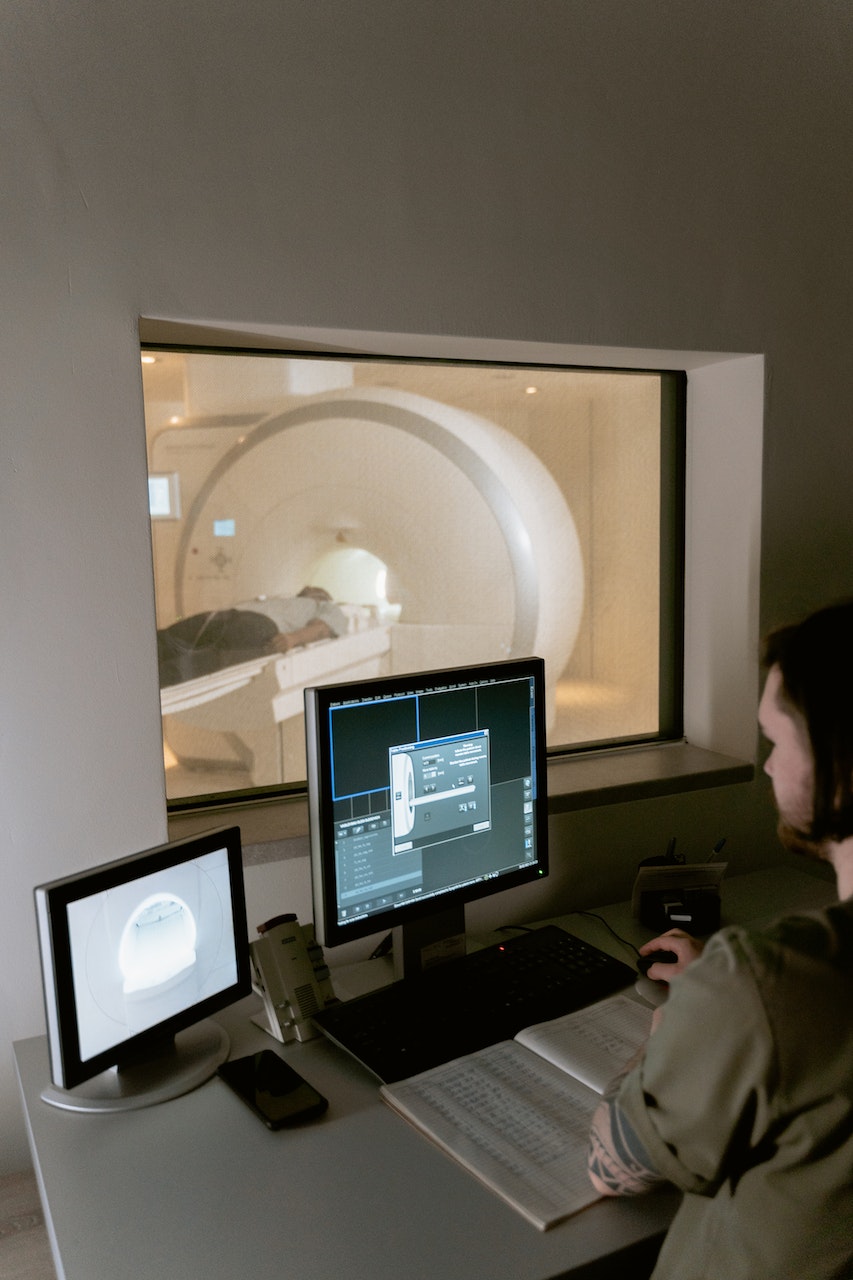 The Personal Protective Equipment at Work Regulations 1992 explained: Personal Protective Equipment, or “PPE” to those in the know, includes all equipment which a person has to ensure their safety at work. This includes any safety boots, protective eyewear, kneepads, safety masks, gloves, harnesses, life jackets and many, many more things.
The Personal Protective Equipment at Work Regulations 1992 explained: Personal Protective Equipment, or “PPE” to those in the know, includes all equipment which a person has to ensure their safety at work. This includes any safety boots, protective eyewear, kneepads, safety masks, gloves, harnesses, life jackets and many, many more things.
How do I know if the equipment is safe?
The equipment must meet a basic health and safety requirement by the manufacturer or their representative which is applicable to that type of PPE. For example, safety harnesses will need to meet a set standard. Once approval is given, a “CE” mark must be presented on the product and maintained effectively.
Who must provide PPE?
PPE must be provided by an employer to employees where their health and safety may be compromised at work. The employer has to make sure that the equipment is suitable for the work you do.
Do I have to pay for the equipment?
It is your employers’ responsibility to pay for any PPE which is necessary for the work which you do. In addition to this, your employer must give you information on the use of the PPE, train you how to use it and instruct you how to use it safely. They must inform you of the risks which the PPE attempts to reduce or limit, the purpose for which it is used and any action the employee must take to keep it in a good working order.
Are there any exceptions?
PPE in place before 1992 may not fall within the remit of the Regulations. Exceptions are made for certain types of PPE which are covered by other legislation such as when handling lead, asbestos, hazardous substances, radiation, noise at work and some safety equipment for the heads of construction employees. In addition to this, any ordinary work wear not specifically designed to protect the wearer do not fall within the remit of PPEs. It goes without saying that offensive weapons or equipment for the use of competitive sports do not form part of the PPE Regulations.
What if the PPE is not suitable?
If the PPE supplied by your employer is defective you have to report this to your employer.
To Summarise
It is for the employer to provide PPE in the work place. It is not enough for employers just to supply them, but also to train you in using them and when to use them. The PPE should meet a set standard, be maintained and you should notify your employer if they are defective.
If you are injured due to a lack of PPE or inadequate PPE, you may be able to make a claim for personal injury compensation.

 The Personal Protective Equipment at Work Regulations 1992 explained: Personal Protective Equipment, or “PPE” to those in the know, includes all equipment which a person has to ensure their safety at work. This includes any safety boots, protective eyewear, kneepads, safety masks, gloves, harnesses, life jackets and many, many more things.
The Personal Protective Equipment at Work Regulations 1992 explained: Personal Protective Equipment, or “PPE” to those in the know, includes all equipment which a person has to ensure their safety at work. This includes any safety boots, protective eyewear, kneepads, safety masks, gloves, harnesses, life jackets and many, many more things.









